BRICKFIELD
2019 - ongoingBrickfield is an experimental participatory brickworks set in a disused china clay quarry near St Austell, Cornwall supported by Whitegold, St Austell’s arts and regeneration project. Brickfield explores how our heritage can inspire and generate contemporary approaches to the material, connecting individuals to their local landscape. Our aim is to use the process of brickmaking as a tool for empowerment and collective making.
Using waste materials that are a result of the china clay extraction processes we formulated a new clay body to be used for making bricks. A blend of equal parts waste china clay, ball clay, mica and quartz gave us the properties we needed.
During summer 2019 we ran a series of fieldtrips exploring the vast manmade landscape that makes up much of clay country, walking around the pits. We invited china clay historian Ivor Bowditch and writer Philip Marsden to join us on one of the walks, offering differing perspectives on the landscape.
We also ran a number of public brickmaking workshops, and worked with specific community groups such as The Happy Wanderers, a dementia friendly walking group, and Wheal Martyns Arts and Craft Health Group. At the end of September we fired all the bricks on site in a beehive inspired brick clamp kiln for 60 hours, reaching 1100C.
In a pop up public workshop at Indian Queens Preaching Pit, we met John Osborne - the last man to fire the last beehive kiln at the last working brickworks in Cornwall.
John had not made a brick for over 50 years. His engagement with Brickfield has reconnected him with this part of his life; in his own words, the project has ‘relit my FIRE’, and ignited many memories of the processes involved during his time there. He has realised that he is perhaps the only person still alive to carry this deeply embodied and skill based knowledge.
In 2020 we are hoping to continue to develop Brickfield, working with specific community groups to build structures in the places they meet; such as benches and planters in community gardens.
We hope to work alongside architecture students to begin to design and develop ideas of building a bigger structure with our bricks.
We will run more public workshops and fieldtrips, if you would like to participate email brickfield@whitegold.org.uk
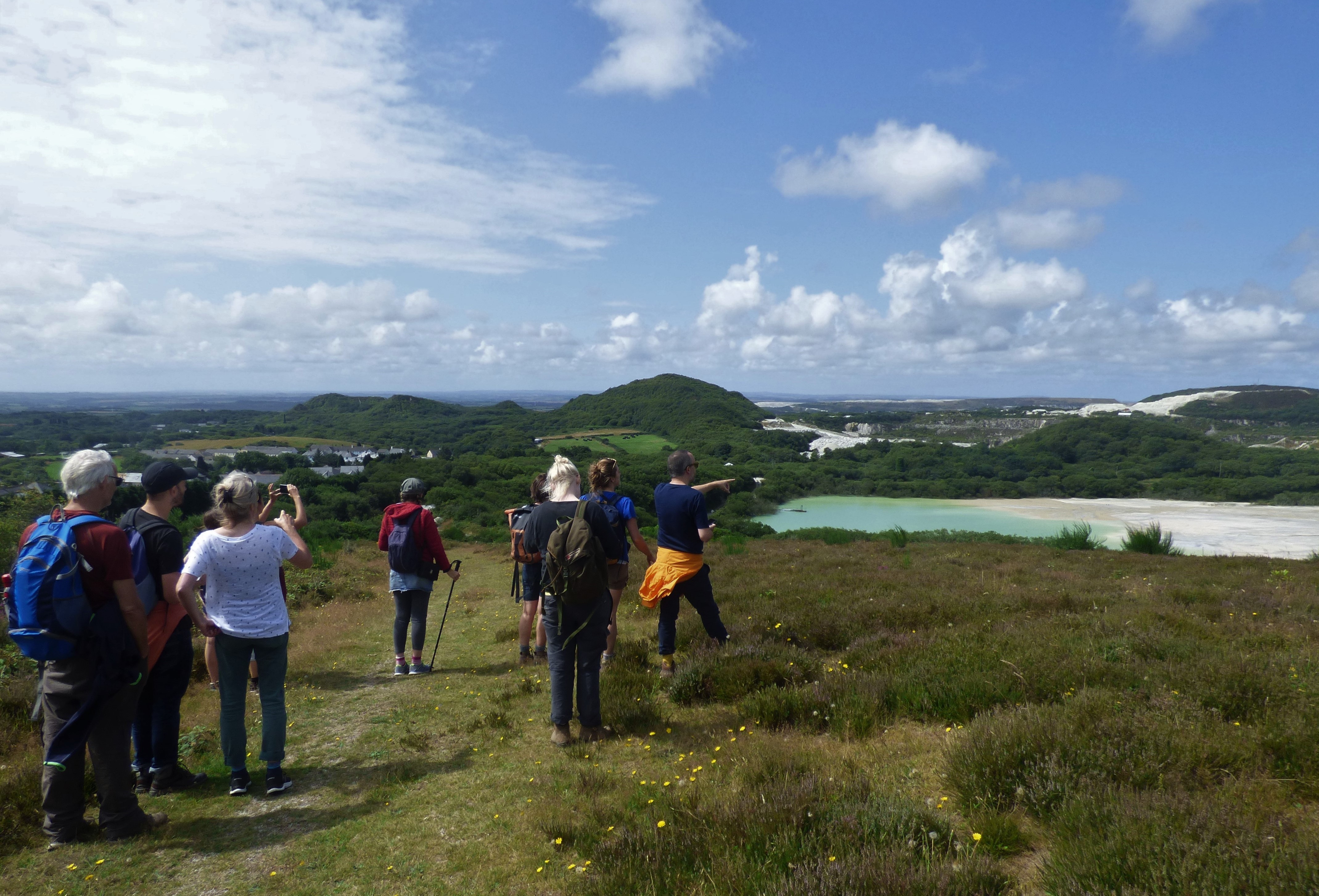

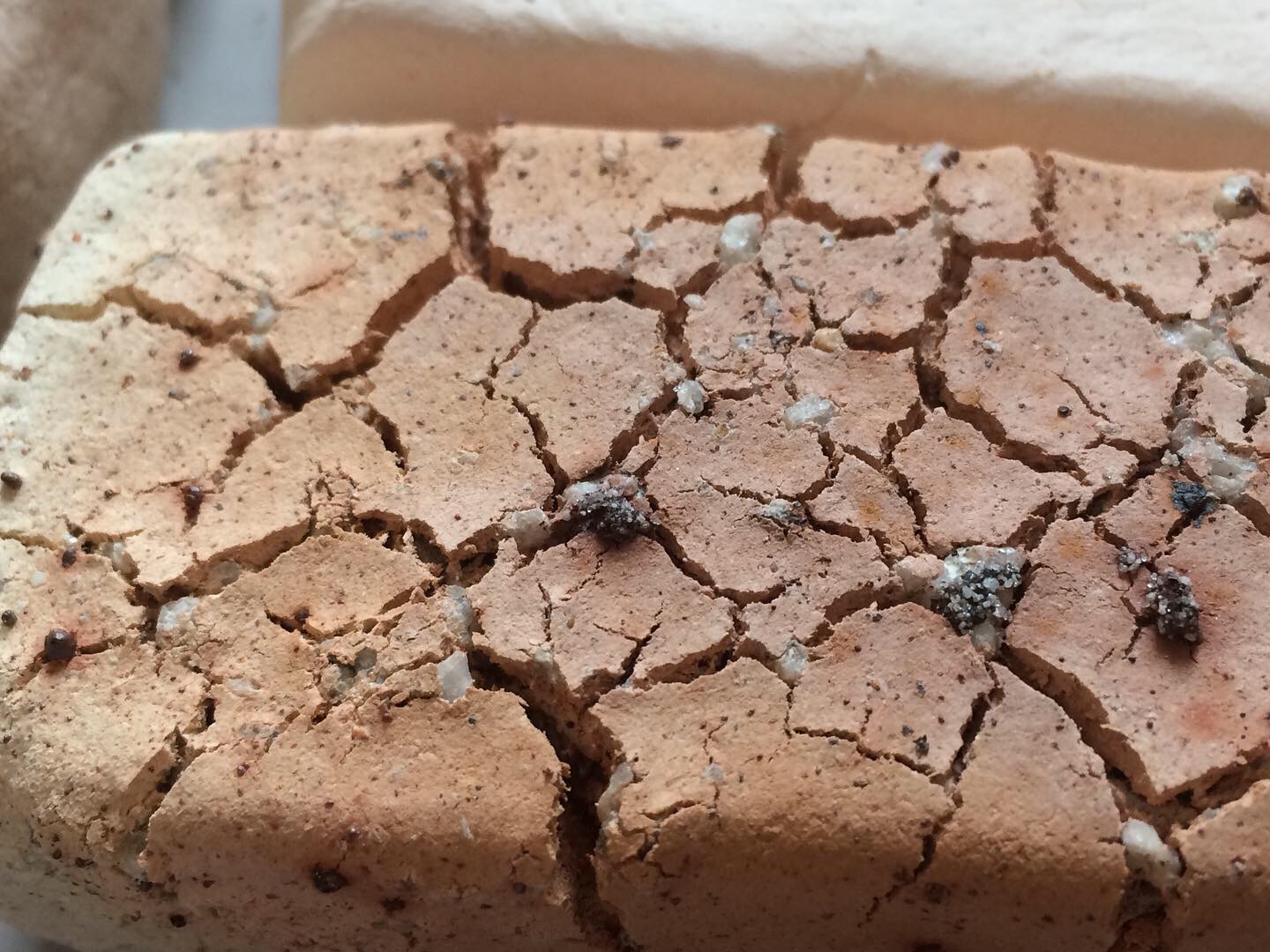
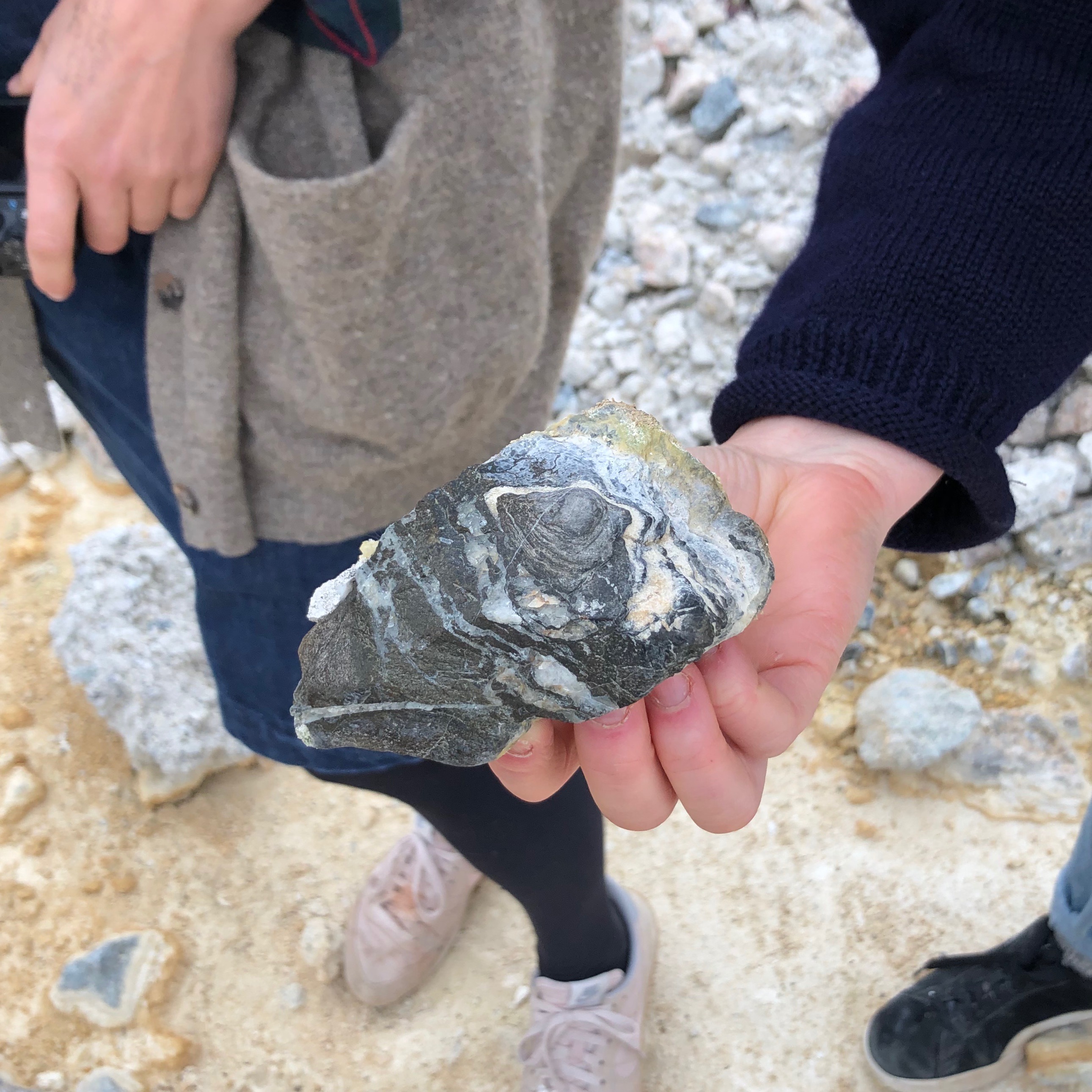
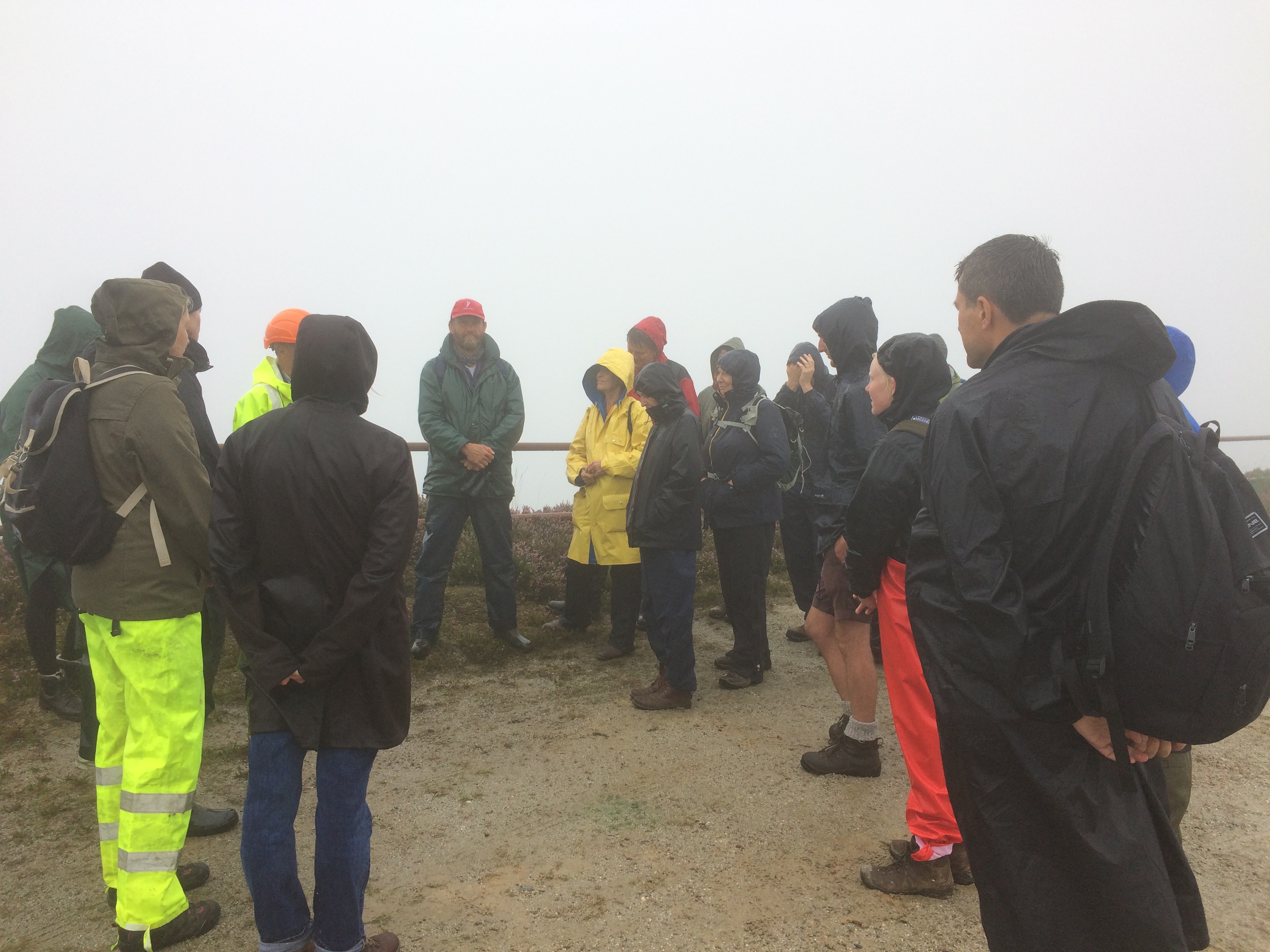
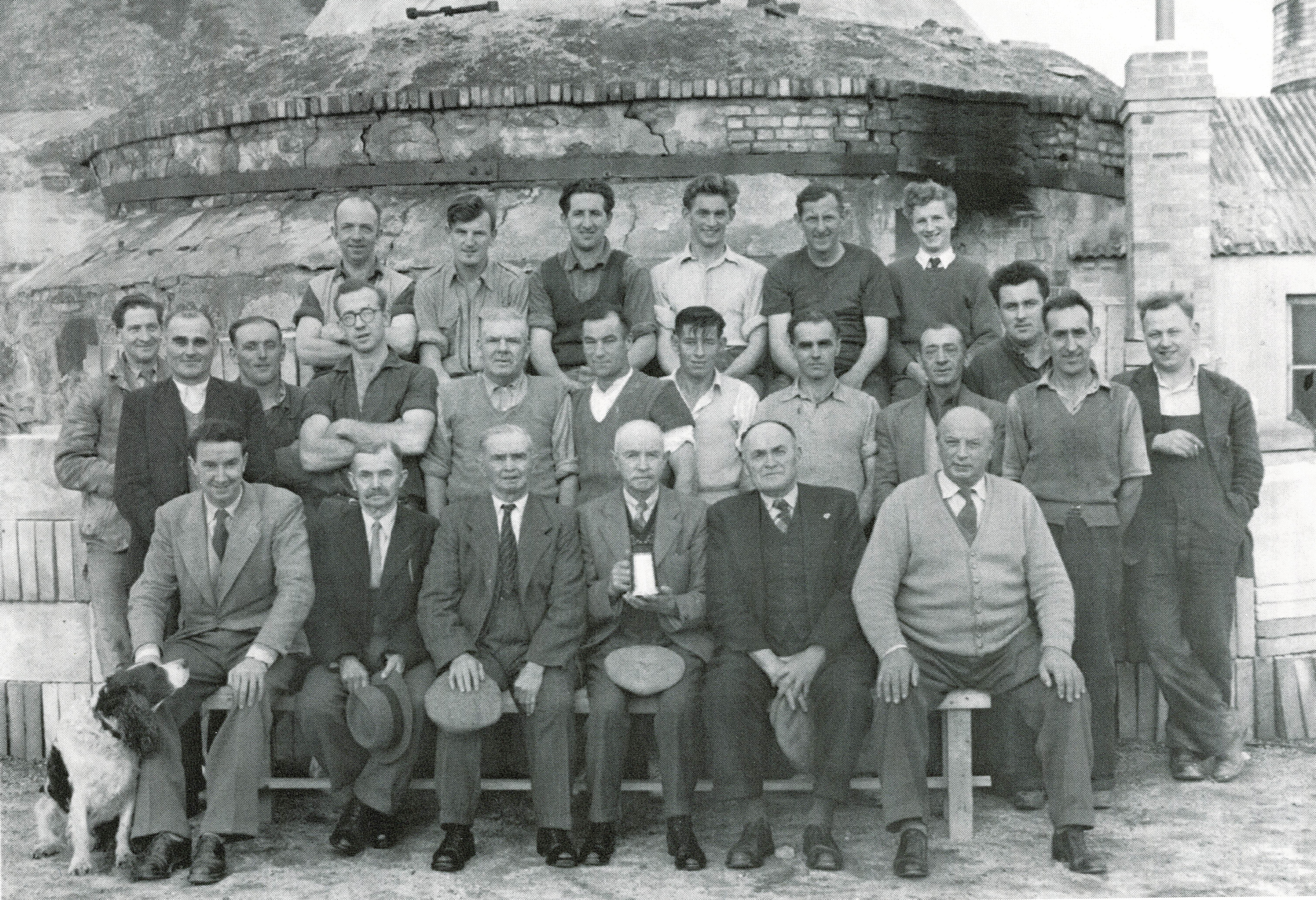



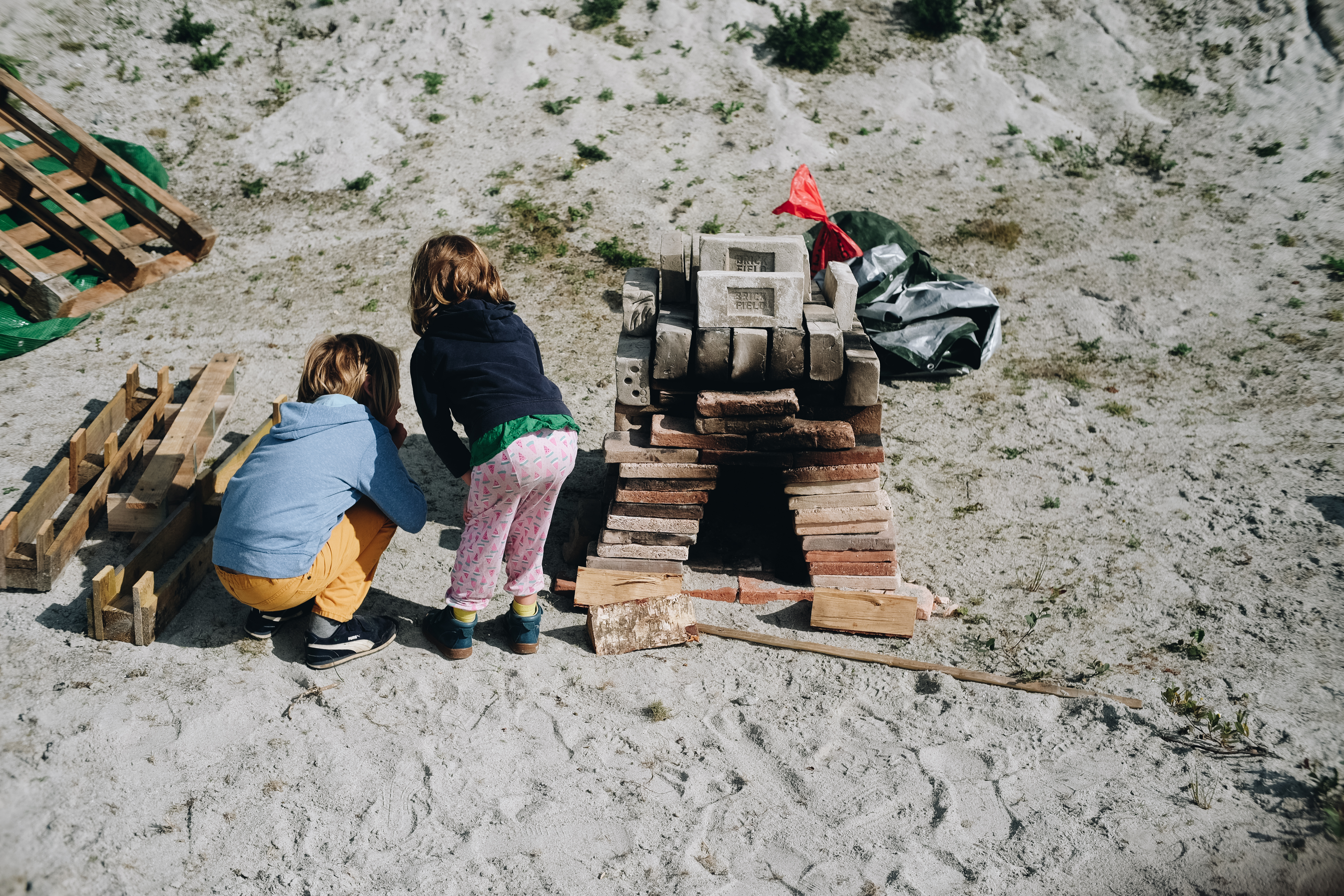




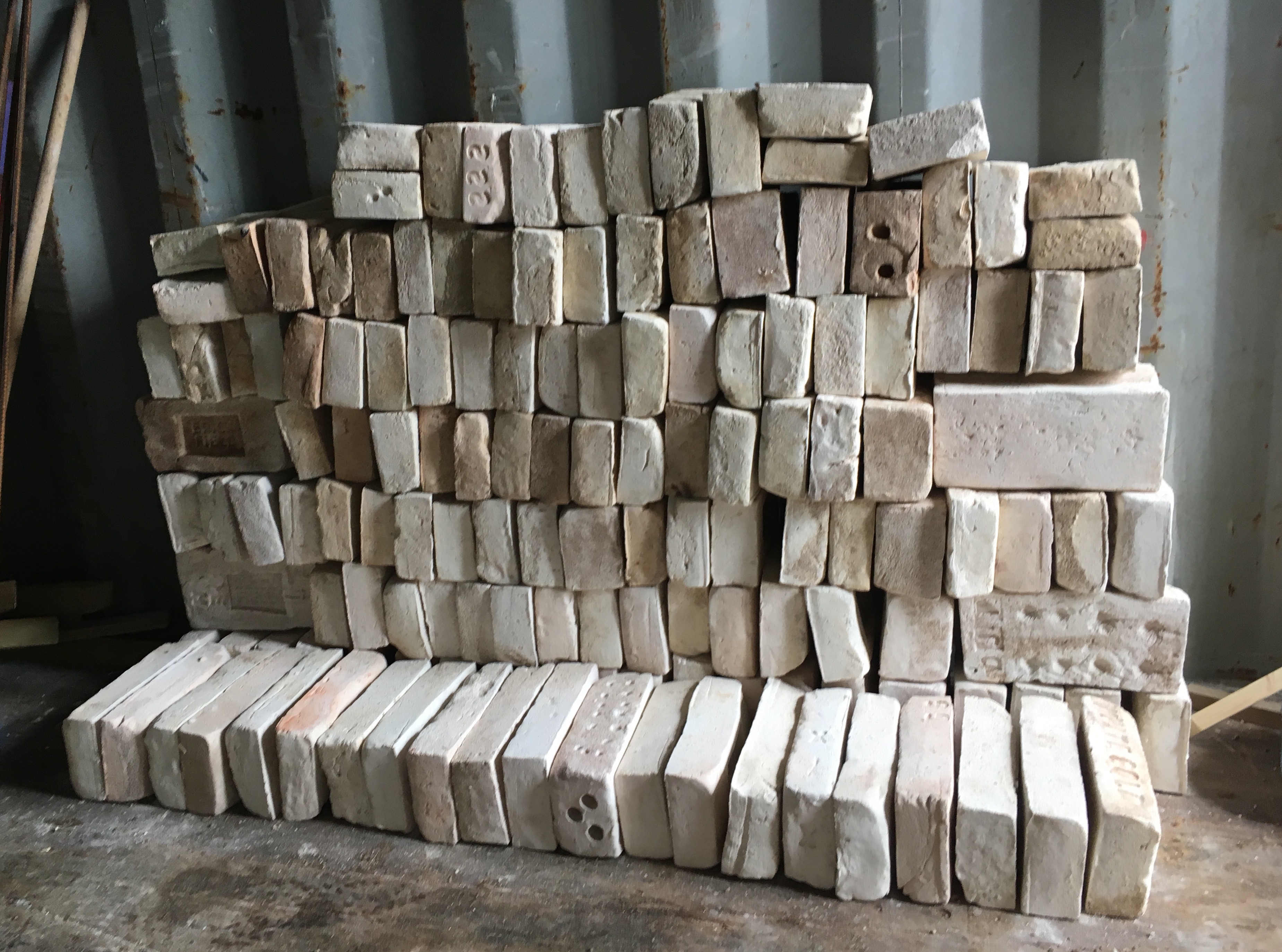
BRICKWORKS
2017 - ongoingBrickworks is an open access ceramics studio set up to foster and promote creativity in clay. We run taster sessions, short courses, masterclasses and socials for aspiring potters and professional artists.
We provide free weekly sessions for students from any course at Falmouth University.
For more details about the studio and whats happening follow us on Instagram or go to our website.
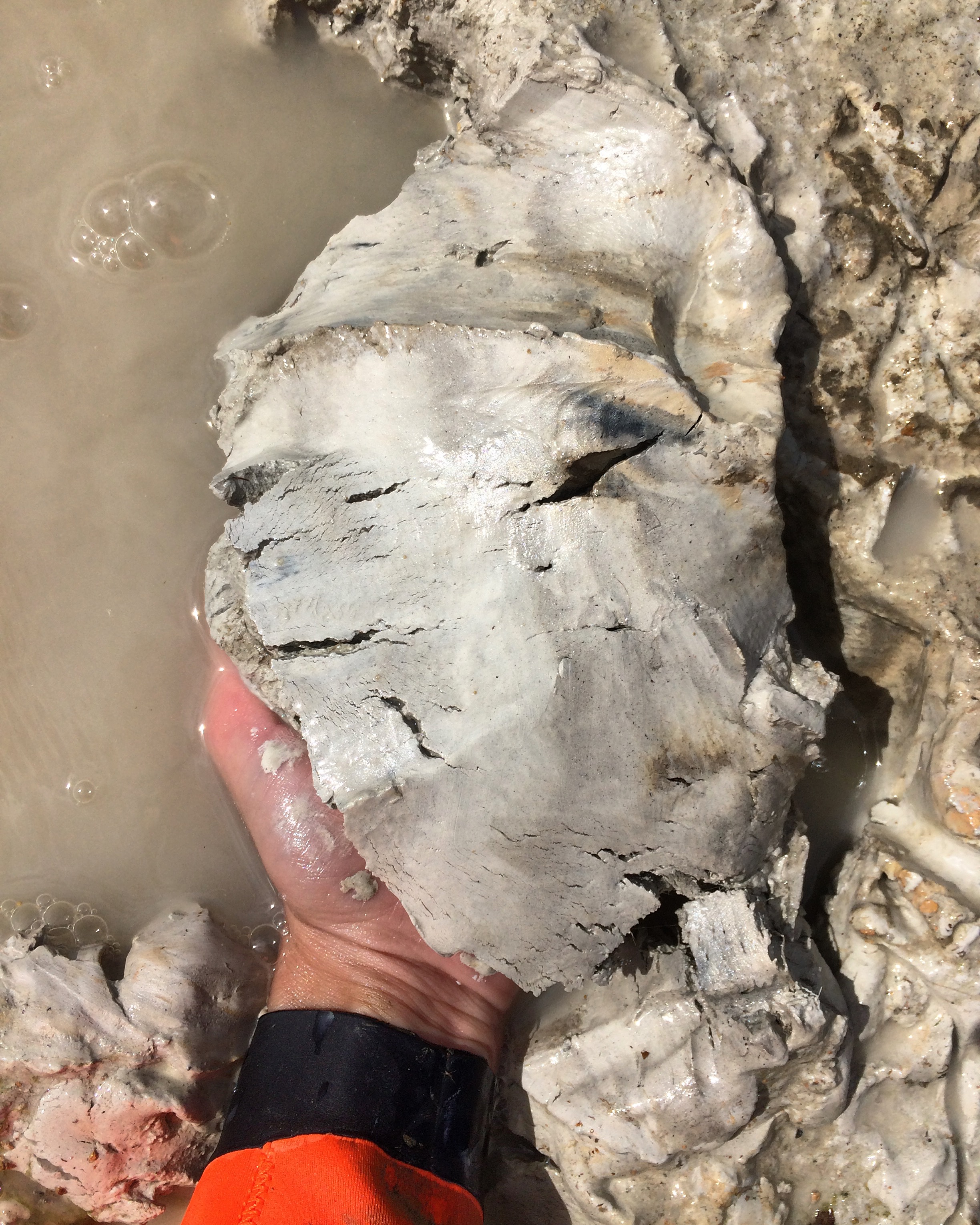
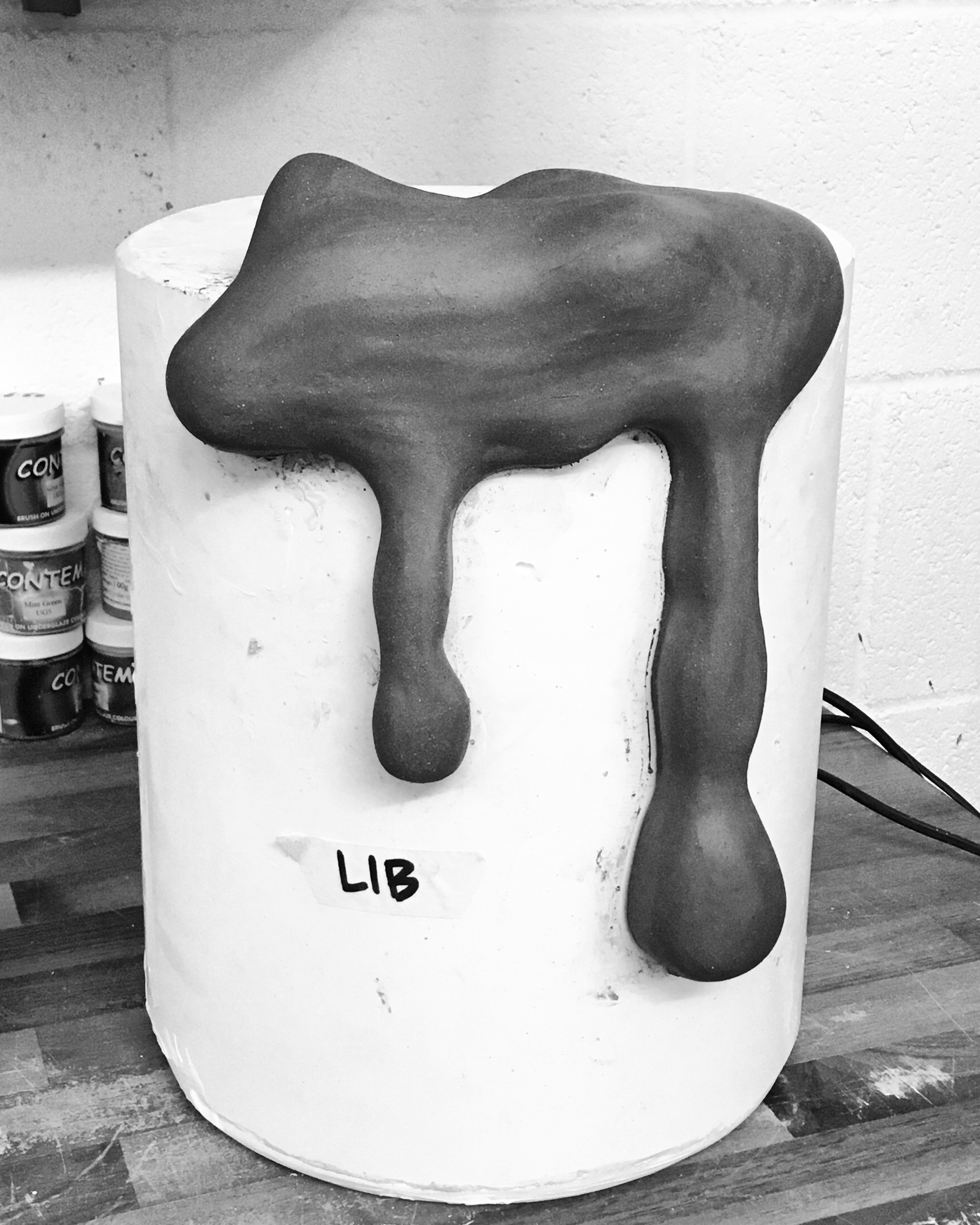
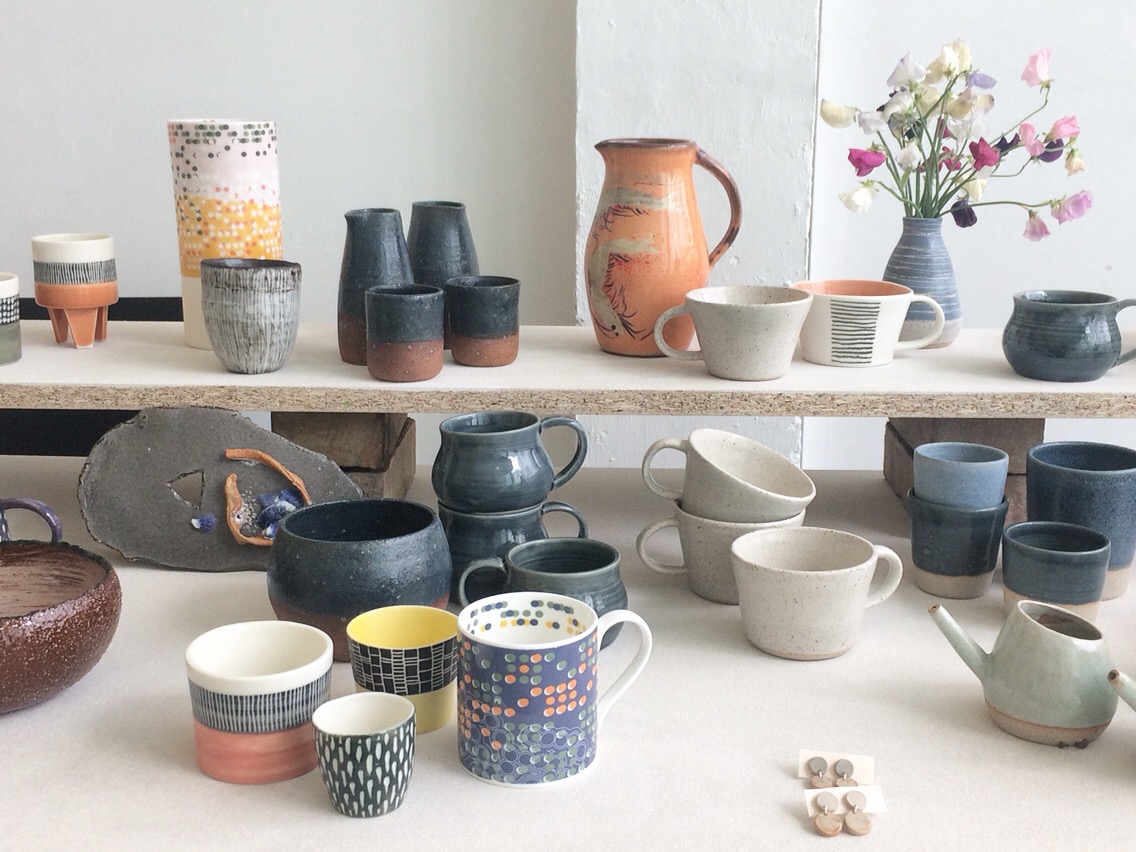

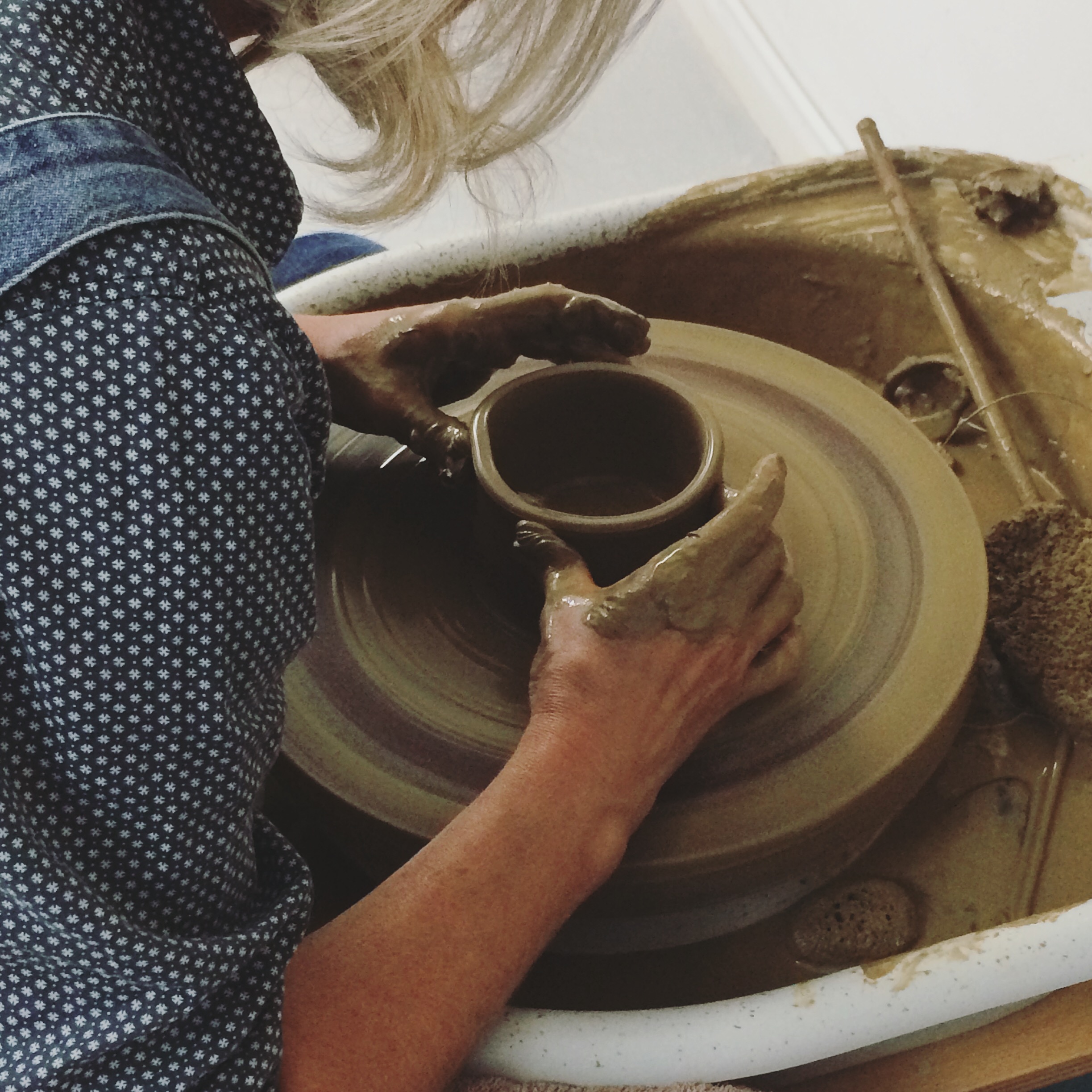
KESTLE BARTON
Summer Clay Workshops
2019
Working with groups from Parkview and Holyfield Farm Project in the mornings, and members of the public in the afternoons, I ran four sessions where we collected, processed, made and pit fired objects in clay.
Summer Clay Workshops
2019
Working with groups from Parkview and Holyfield Farm Project in the mornings, and members of the public in the afternoons, I ran four sessions where we collected, processed, made and pit fired objects in clay.
Participants learnt how to recognise clay as a raw material and the geological processes that form it. The Lizard geology forms a distinct clay called Gabbro, which was used throughout the Bronze and Iron Ages.
We went on a field trip to collect some samples of raw clay, which we processed by hand into a workable clay body. Using coil building techniques everyone made their own pots and sculptures, which dried out ready to be pit-fired.
The pieces were wrapped in locally collected seaweed and placed on the fire which was kept alight overnight.
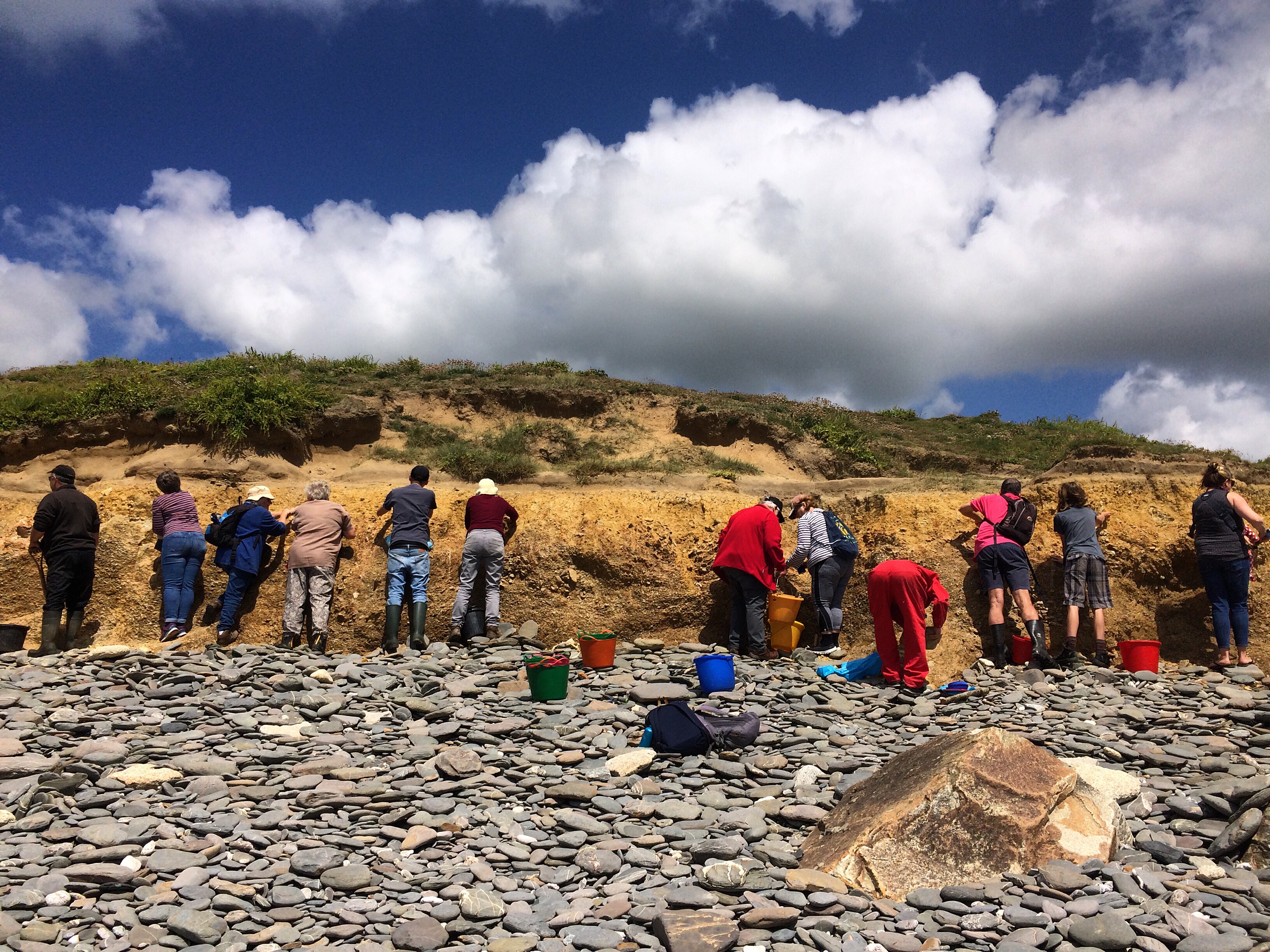
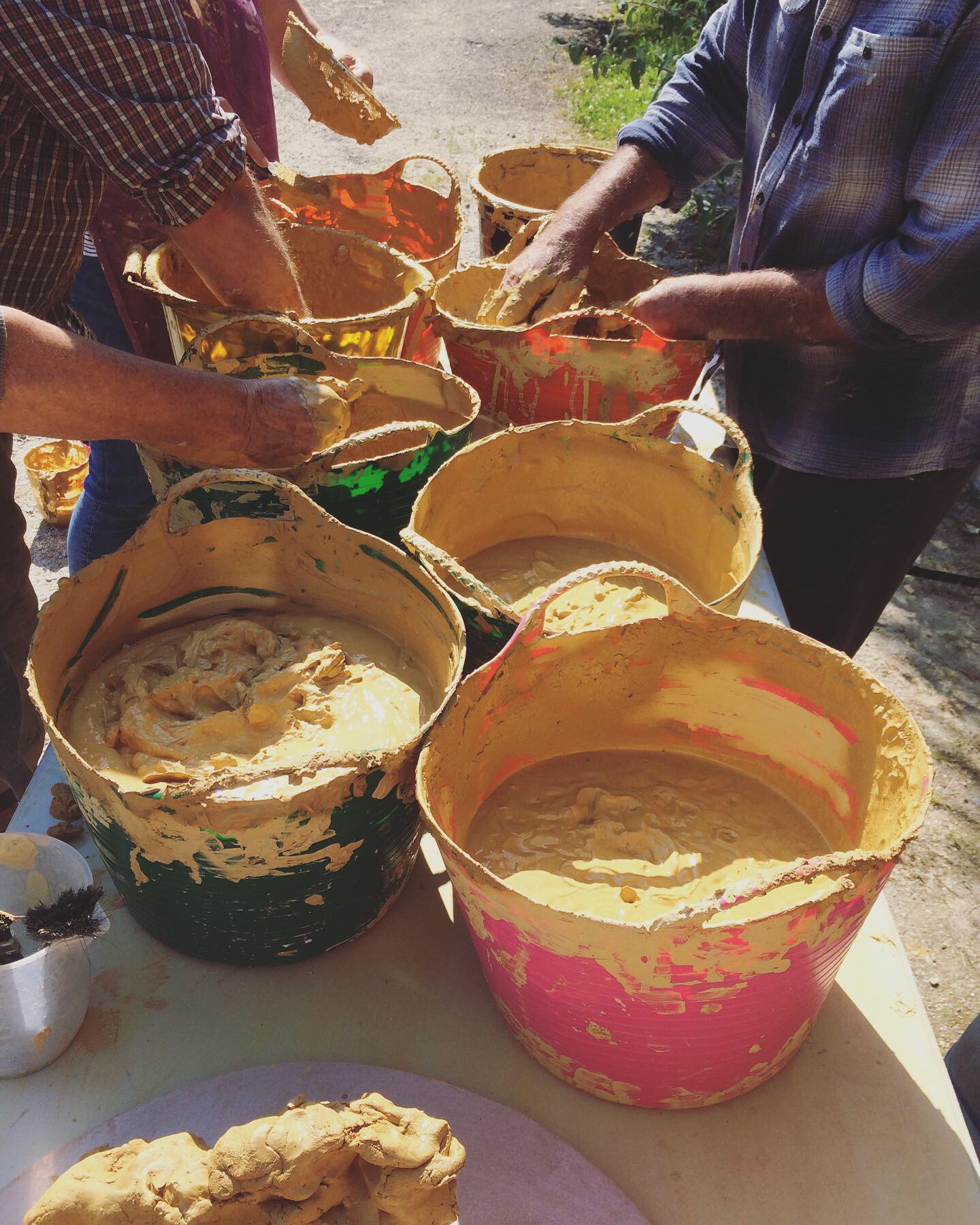



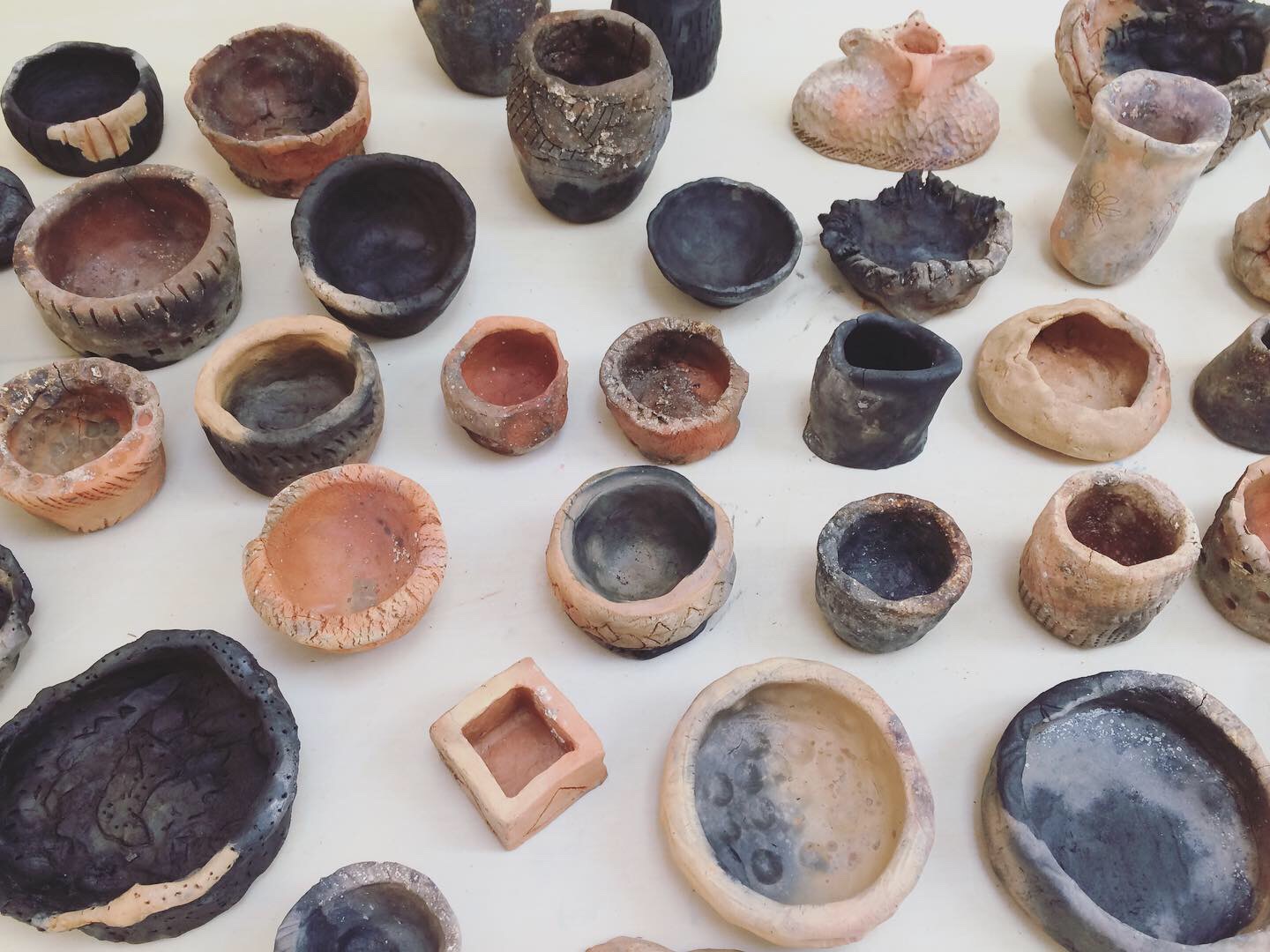
TRELONK
Brick Making and Brick Clamp Kiln Firing, Fal Estuary, Cornwall
2018
Between 1891 and 1907 a brickworks existed on the banks of the River Fal, near Ruan Lanihorne. Waste clay that had been washed downriver from china clay pits on the western side of clay country had settled and silted up the river bed. The brickworks formed to make use of this waste resource, like many other small scale industries operating in Cornwall at the time. The bricks were formed and fired on site, and then shipped downriver to be used to build houses across the Roseland and in Truro and Falmouth.
Brick Making and Brick Clamp Kiln Firing, Fal Estuary, Cornwall
2018
Between 1891 and 1907 a brickworks existed on the banks of the River Fal, near Ruan Lanihorne. Waste clay that had been washed downriver from china clay pits on the western side of clay country had settled and silted up the river bed. The brickworks formed to make use of this waste resource, like many other small scale industries operating in Cornwall at the time. The bricks were formed and fired on site, and then shipped downriver to be used to build houses across the Roseland and in Truro and Falmouth.
In September 2018 I was invited by Groundwork to run a fieldtrip exploring this aspect of Cornwall’s history. My family had lived on the farm long after it was a brickworks and I had spent my childhood exploring the clay river banks.
With help from Katie Bunnell and Georgia Gendall we hosted two days of brickmaking workshops. 62 people came, in all weathers, and we collected clay from the river banks, formed it into rudimentary bricks and fired them on site in a brick clamp kiln.
Participant feedback:
“…the whole experience resonated on a very deep level; the kiln was an incredible focal point. On a sensory level, the experience was wonderful; the mist-muted sounds, the damp and wood smoke, the feel of the wet clay and dry straw.”
“Collecting the clay felt significant, particularly in the knowledge that it was the residue from clay pits further upriver. Learning about the history of the site provided an historical context and made being there a richer experience, and the kiln provided purpose, warmth and a sense of continuity over the two days.”
The experience of the weekend led us to believe that a longer term brickmaking project could have value, and with support from Katie Bunnell and Whitegold we have developed Brickfield.



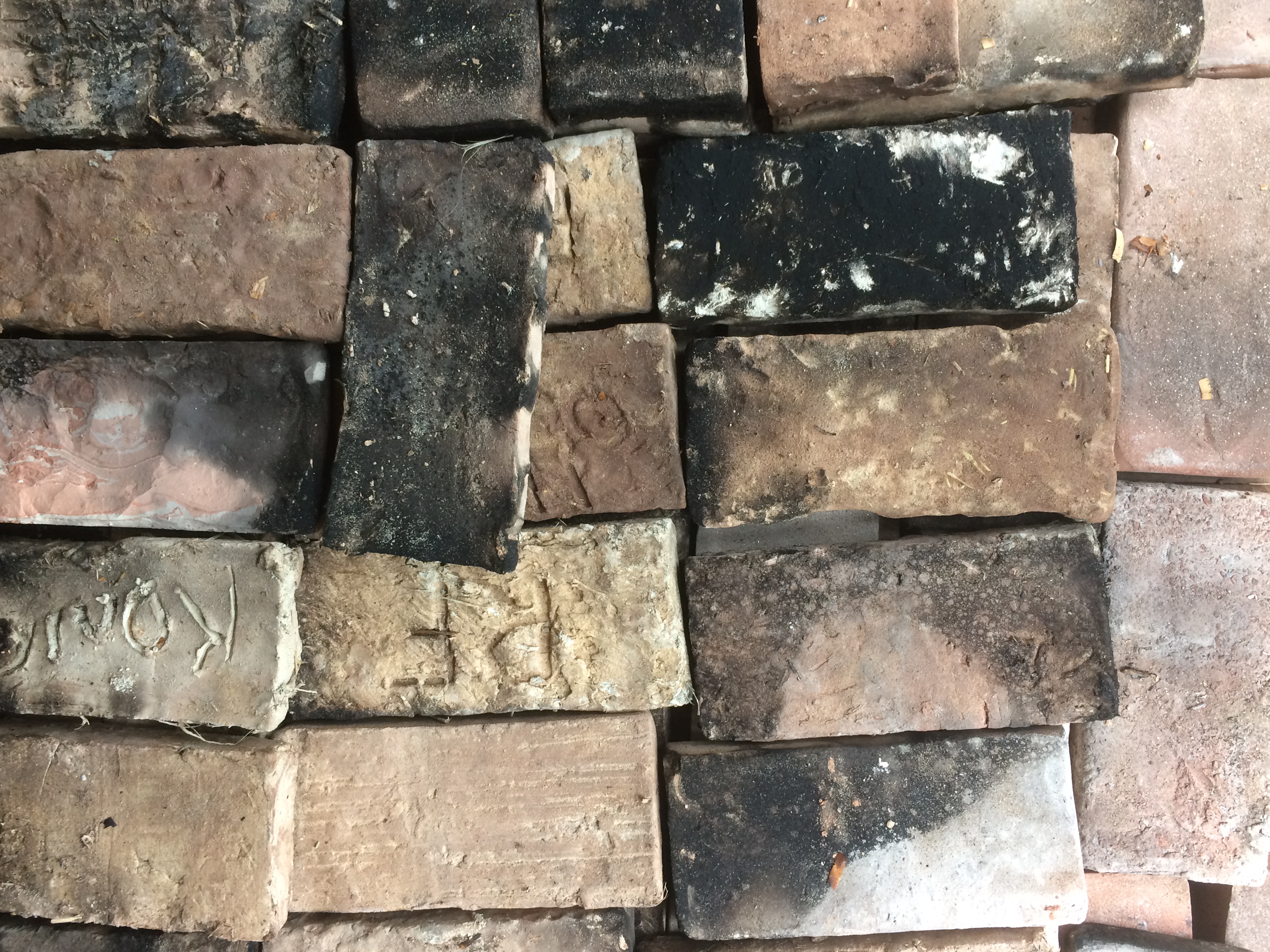
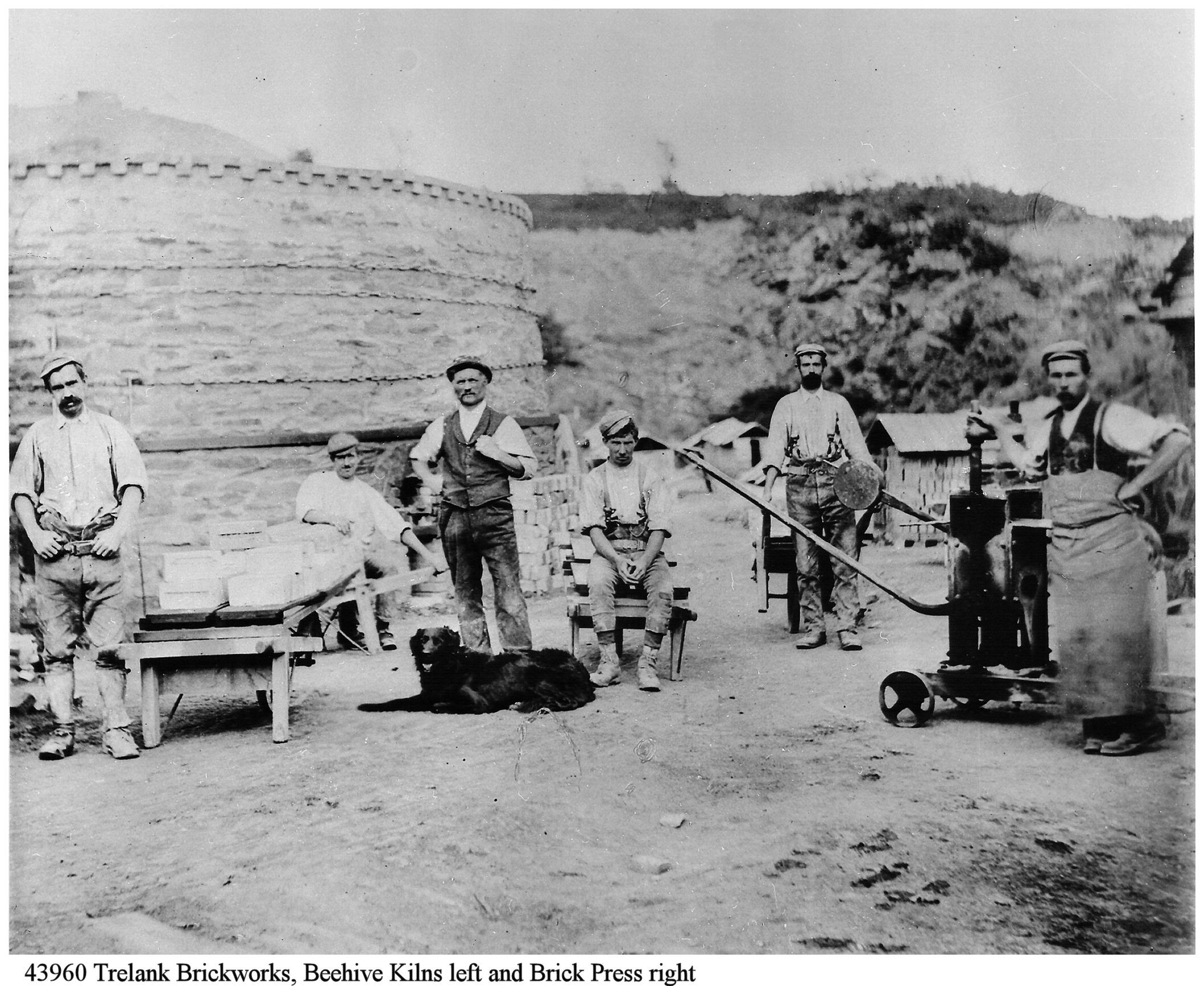
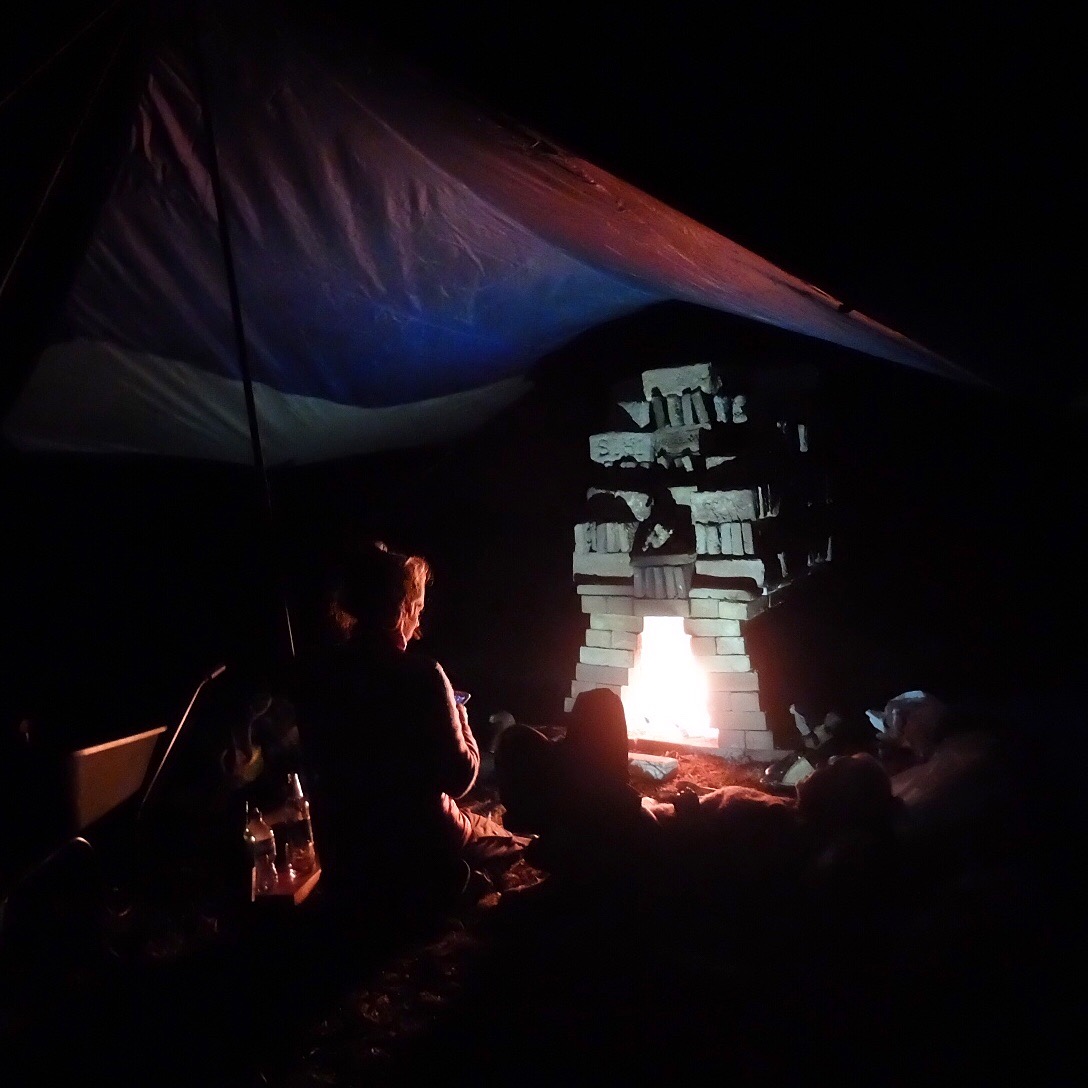

KETTLES YARD
Support Artist for Open House Artist in Residence
2016 Isabella Martin - You Are Here
2015 Emma Smith - Variations on a Weekend Theme
Support Artist for Open House Artist in Residence
2016 Isabella Martin - You Are Here
2015 Emma Smith - Variations on a Weekend Theme
For Isabella’s project I ran a series of pop-up tile making and decorating workshops where participants made their own Nature Labels in response to Orchard Park and their apple tree collection.
For Emma’s project I ran a series of workshops with a group of residents of North Cambridge using word games as a starting point for conversations about what made people feel good. This culminated in a two-day drop in mono-printing workshop to make a collaborative word search in a shop window.




